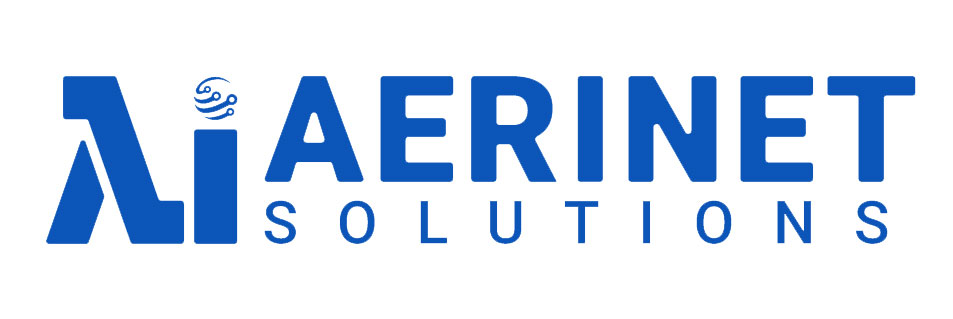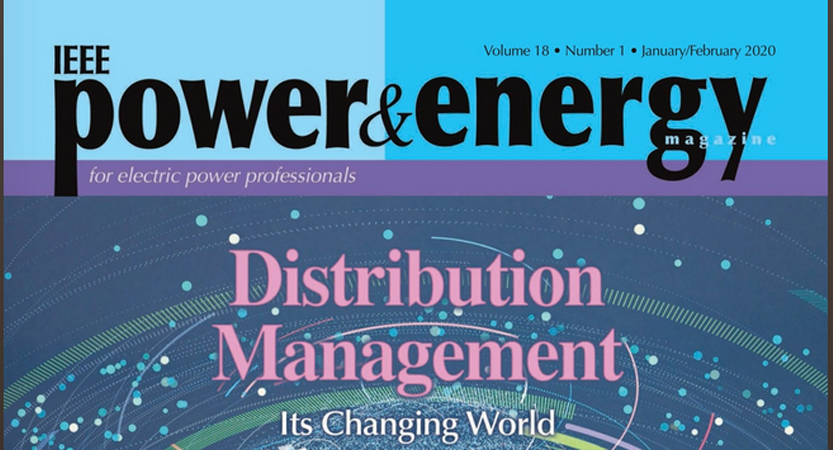Traditional electric distribution utilities are evolving to overcome new challenges in technology, policy, planning, and operations. Distribution utilities are no longer simple resellers of power in a one-way transaction with consumers; they are now dealing with two-way power and data flows. The successful deployment of ADMSs has the potential to fundamentally and positively impact the planning and operations of distribution utilities and provide the advanced tools and technology needed to evolve into the future of a modern grid. Once deployed, the benefits of ADMSs include increased operational flexibility, system efficiency, reliability, resiliency, and the ability to facilitate higher levels of DERs. However, ADMSs must first overcome the obstacle of expensive software integration with existing utility systems to leverage their advantages. Once this challenge is solved through implementing interoperability standards, the ADMS has the potential to become a practical and ubiquitous solution for distribution utilities of all sizes.
The past challenges of custom software interfaces are almost identical to the current ADMS integration obstacles: an à la carte approach; siloed utility functions; and complex, unscalable, and expensive custom interfaces. Connecting disparate systems creates complex difficulties that are time consuming and costly to resolve. The advent of interoperability standards solves the integration issue. Interoperability standards are setting the global benchmark for distribution system integration and interoperability testing and certification. Interoperability can potentially provide a standardized integration solution to cost-effectively and securely deploy ADMSs in electric distribution systems regardless of size. Together, interoperability standards and ADMSs can empower utilities to successfully transition to the modern grid and, ultimately, continue to provide safe, reliable, and affordable electricity while ensuring that there is flexibility in the power supply and options for consumers.




